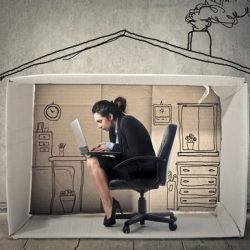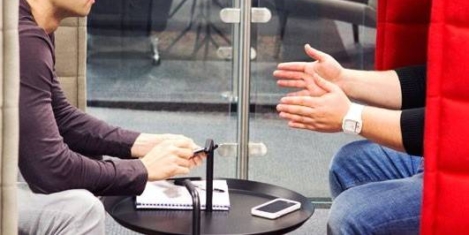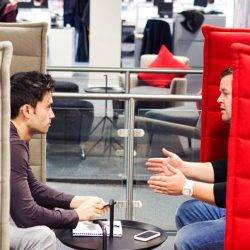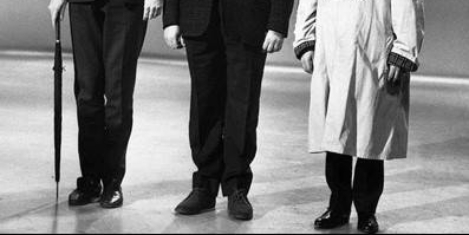September 21, 2017
British organisations must step up to the challenges of artificial intelligence, robotics and automation
 A report published by the RSA think-tank has encouraged UK businesses to embrace artificial intelligence, automation and robotics. arguing that new technology has the potential to raise productivity levels, boost flagging living standards, and phase out ‘dull, dirty and dangerous’ tasks in favour of more purposeful and human-centric work. The Age of Automation report warns, however, that the UK is fast becoming a ‘laggard’ in the adoption of new machines and called on UK business leaders to accelerate their take-up of technology. The RSA found that sales of robots to the UK decreased over 2014-15, with British firms falling behind the US, France, Germany, Spain and Italy. A YouGov poll of UK business leaders, commissioned by the RSA, found that UK business leaders are currently wary of adopting AI and robotics, with just fourteen percent of firms currently investing in this technology or soon planning to. Twenty-nine percent of businesses believe AI & robotics to be too expensive or not yet proven and twenty percent want to invest but believe it will take several years to ‘seriously adopt’ the new technology.
A report published by the RSA think-tank has encouraged UK businesses to embrace artificial intelligence, automation and robotics. arguing that new technology has the potential to raise productivity levels, boost flagging living standards, and phase out ‘dull, dirty and dangerous’ tasks in favour of more purposeful and human-centric work. The Age of Automation report warns, however, that the UK is fast becoming a ‘laggard’ in the adoption of new machines and called on UK business leaders to accelerate their take-up of technology. The RSA found that sales of robots to the UK decreased over 2014-15, with British firms falling behind the US, France, Germany, Spain and Italy. A YouGov poll of UK business leaders, commissioned by the RSA, found that UK business leaders are currently wary of adopting AI and robotics, with just fourteen percent of firms currently investing in this technology or soon planning to. Twenty-nine percent of businesses believe AI & robotics to be too expensive or not yet proven and twenty percent want to invest but believe it will take several years to ‘seriously adopt’ the new technology.




























September 13, 2017
Banking sector will be ground zero for job losses from artificial intelligence and robotics
by Gordon Fletcher and David Kreps • AI, Comment, Technology
(more…)